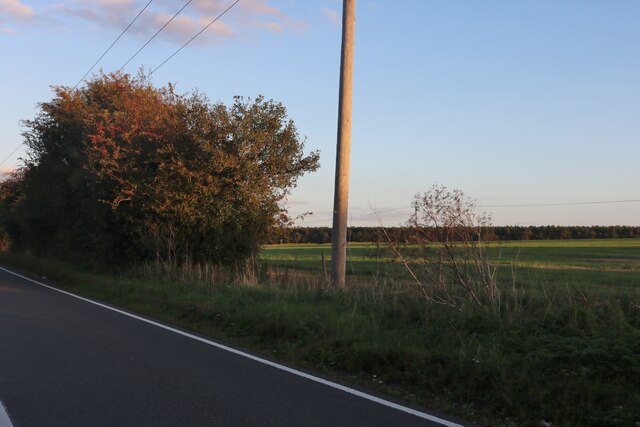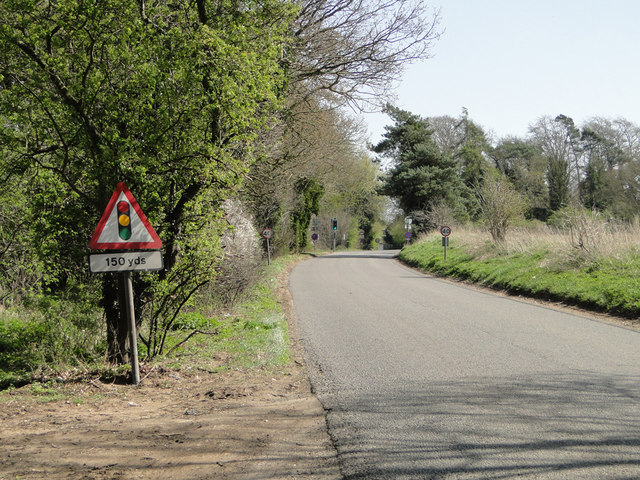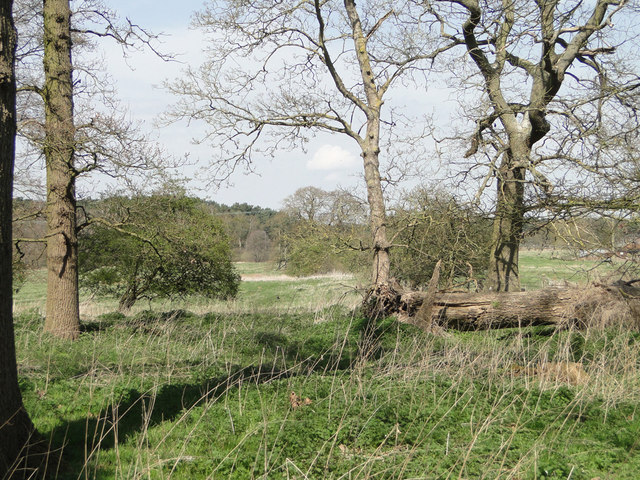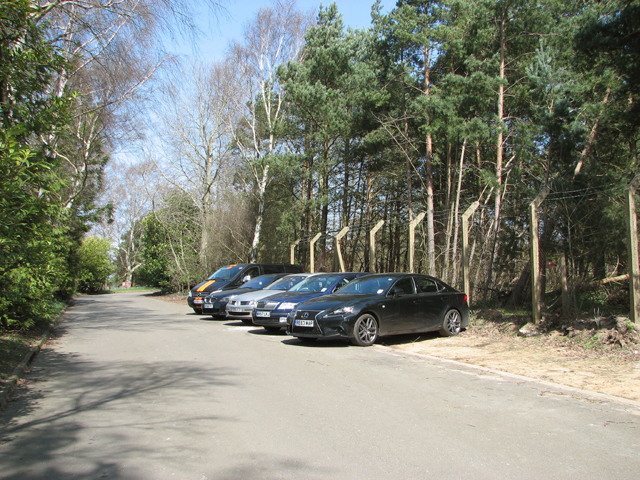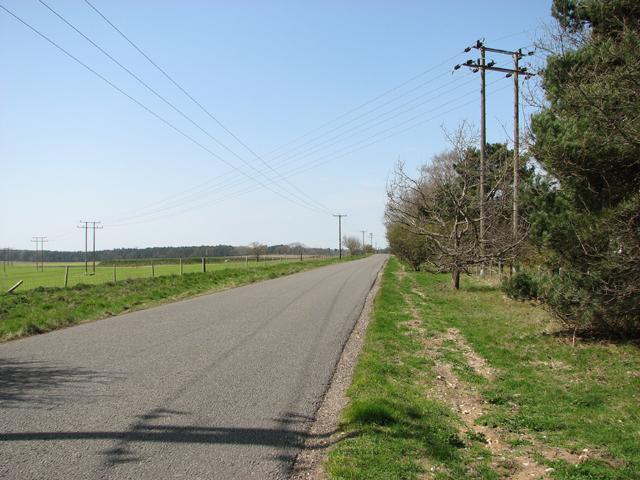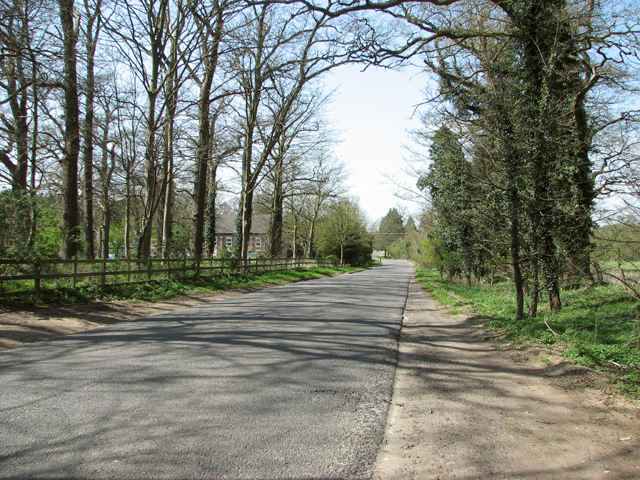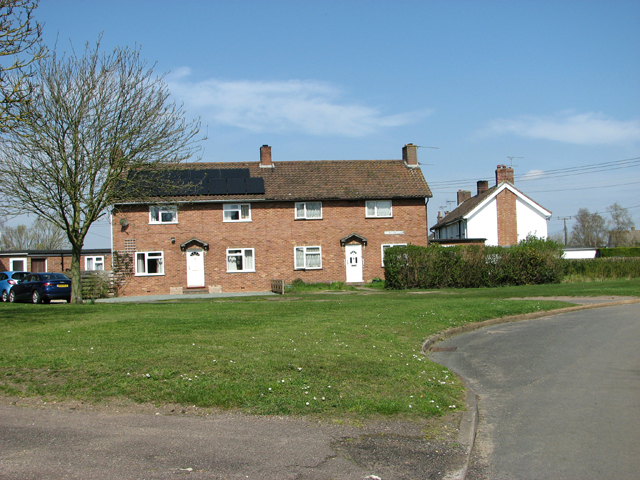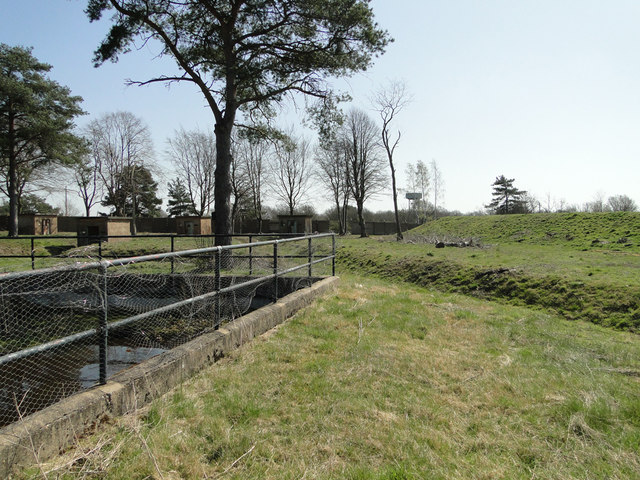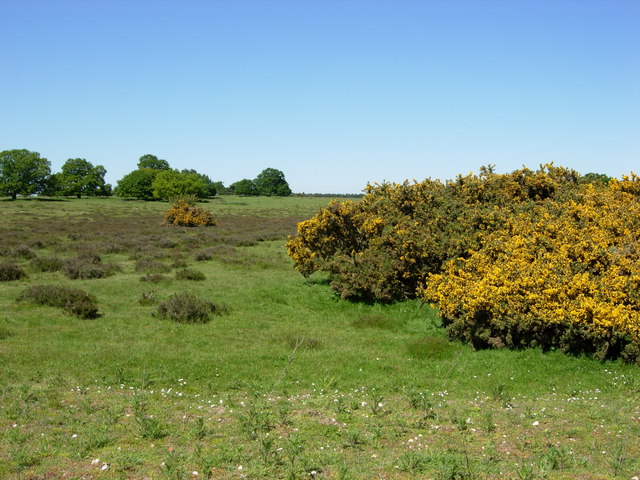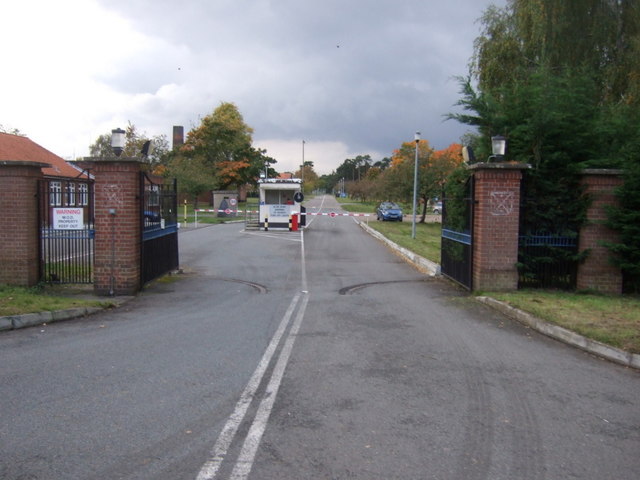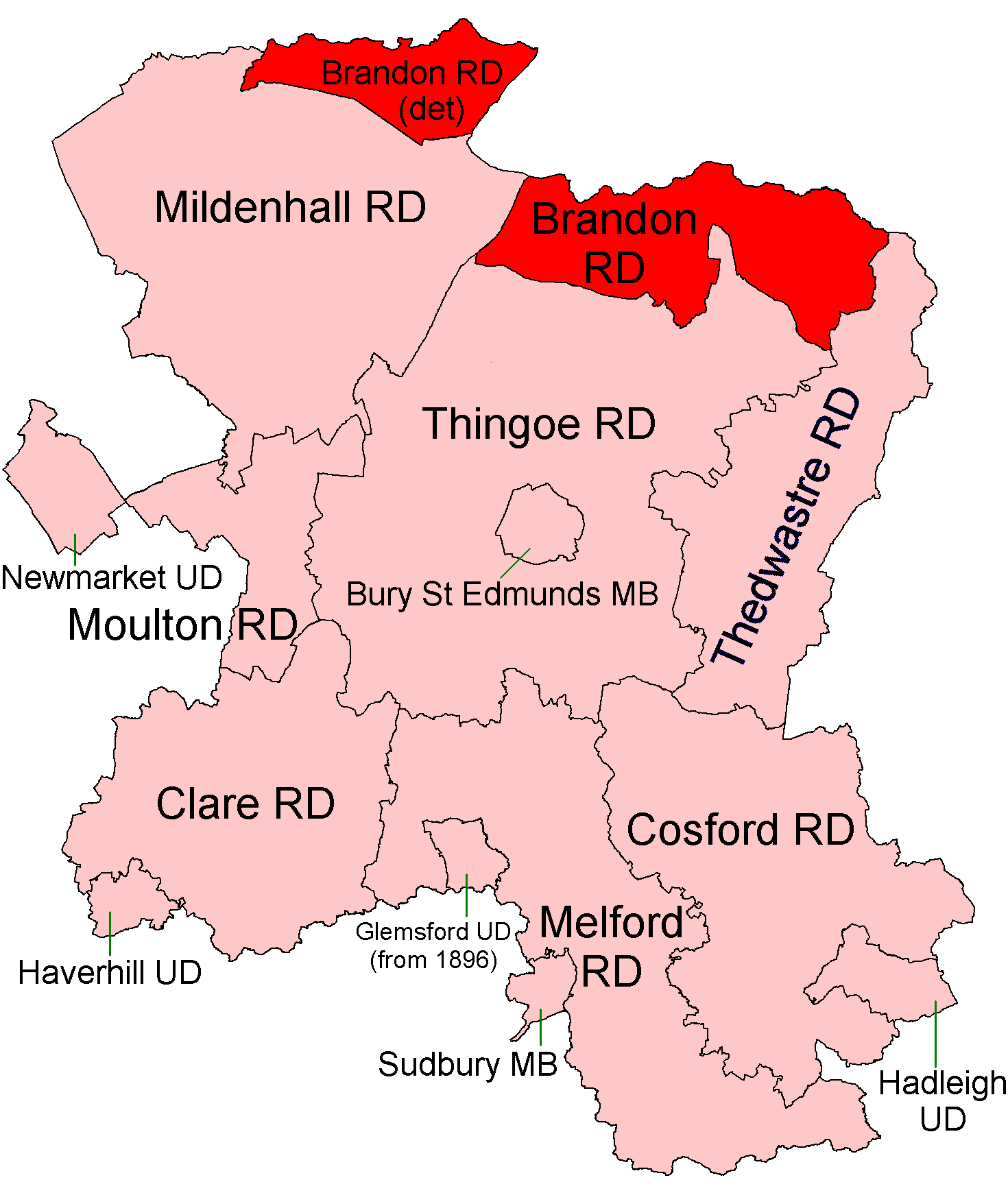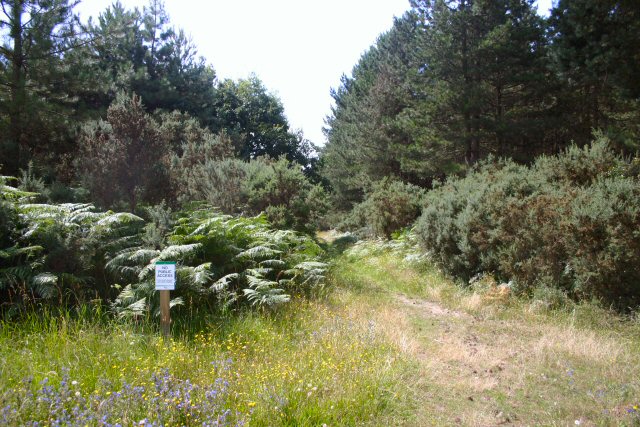Aughton Spinney Belt
Wood, Forest in Suffolk West Suffolk
England
Aughton Spinney Belt
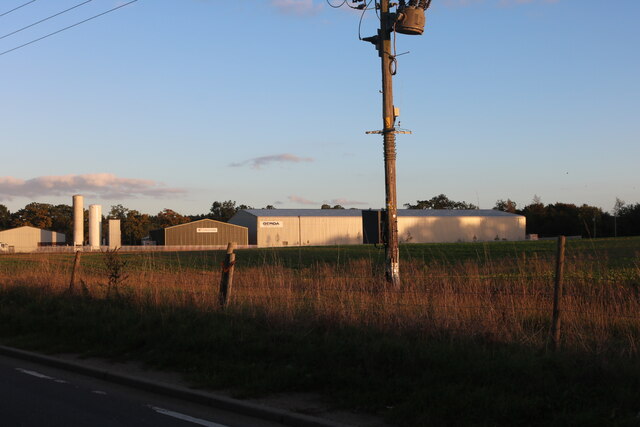
Aughton Spinney Belt is a picturesque woodland located in the county of Suffolk, England. Spanning over an area of approximately 50 acres, it is a popular destination for nature lovers and outdoor enthusiasts. The woodland is situated near the village of Aughton and is easily accessible by both car and foot.
The Spinney Belt is characterized by its dense canopy of trees, primarily consisting of oak, beech, and birch. These trees provide a lush and vibrant green backdrop throughout the year, creating a serene and peaceful atmosphere. The woodland floor is adorned with a diverse range of flora, including bluebells, wild garlic, and ferns, adding to the natural beauty of the area.
Visitors to Aughton Spinney Belt can enjoy a variety of activities. There are numerous walking trails and paths that wind their way through the woodland, allowing visitors to explore the area at their own pace. The tranquil surroundings make it an ideal spot for picnicking, birdwatching, or simply immersing oneself in nature.
The woodland is also home to a variety of wildlife, including deer, foxes, and a multitude of bird species. Birdwatchers will be delighted by the opportunity to spot species such as woodpeckers, owls, and warblers. The peaceful atmosphere and diverse ecosystem make Aughton Spinney Belt a haven for local flora and fauna.
Overall, Aughton Spinney Belt in Suffolk offers a delightful escape into nature, providing visitors with a chance to unwind and reconnect with the natural world. Its stunning beauty and abundant wildlife make it a must-visit destination for nature enthusiasts and those seeking tranquility in the heart of Suffolk.
If you have any feedback on the listing, please let us know in the comments section below.
Aughton Spinney Belt Images
Images are sourced within 2km of 52.38783/0.72092196 or Grid Reference TL8580. Thanks to Geograph Open Source API. All images are credited.
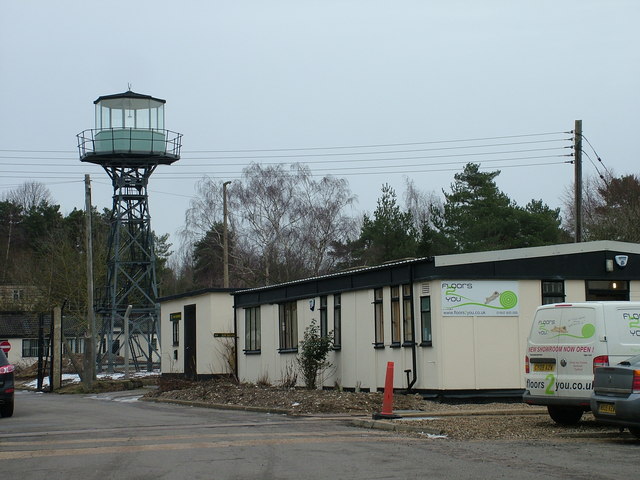
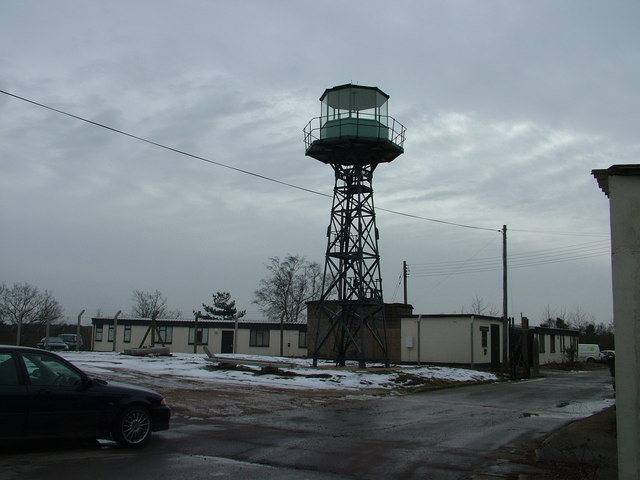
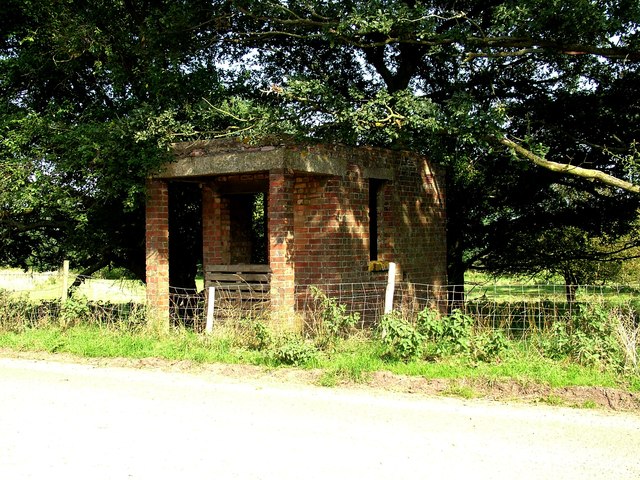
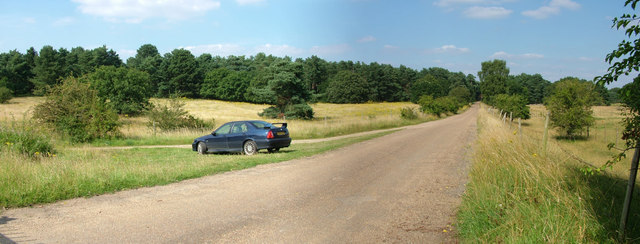
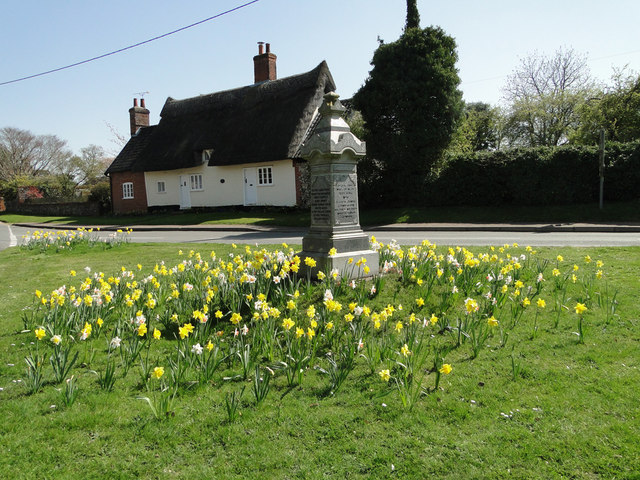
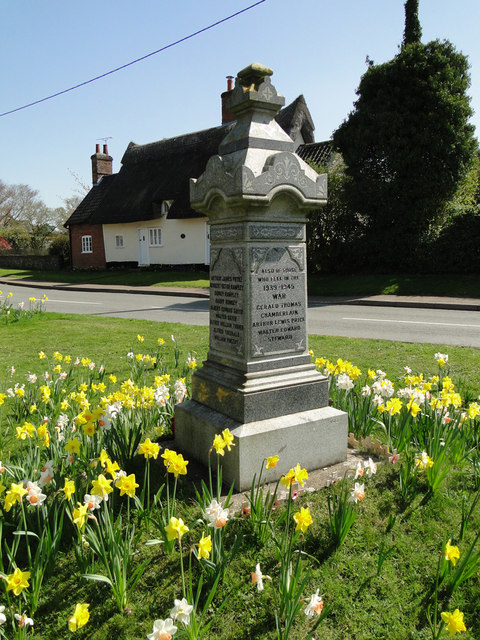
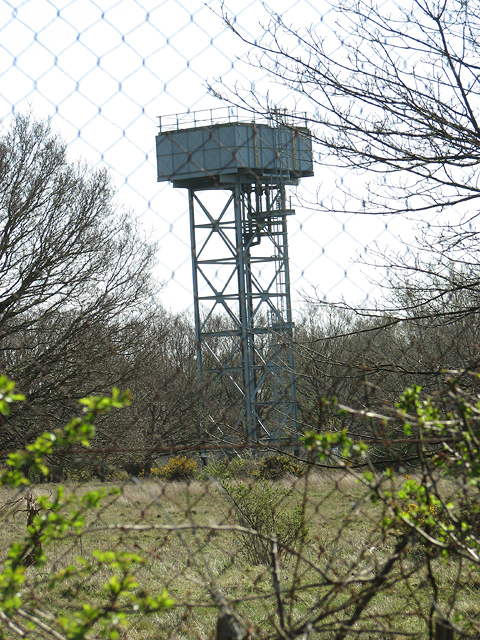
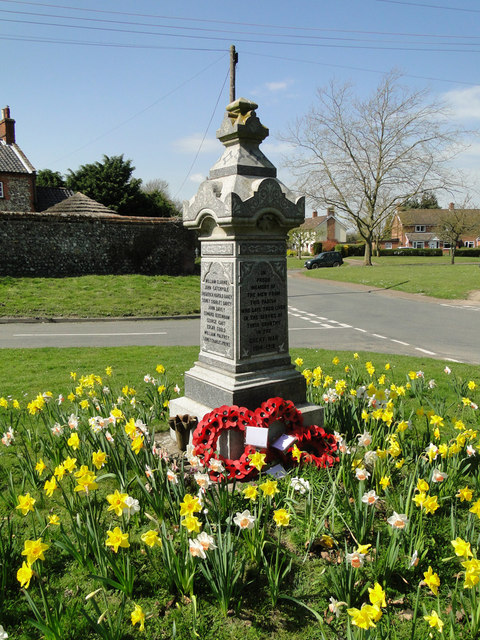
Aughton Spinney Belt is located at Grid Ref: TL8580 (Lat: 52.38783, Lng: 0.72092196)
Administrative County: Suffolk
District: West Suffolk
Police Authority: Suffolk
What 3 Words
///strutted.tuck.seabirds. Near Thetford, Norfolk
Nearby Locations
Related Wikis
Thetford Heaths
Thetford Heaths is a 270.6-hectare (669-acre) biological and geological Site of Special Scientific Interest in Suffolk. It is a Nature Conservation Review...
RAF Barnham
RAF Barnham (also called Barnham Camp) is a Royal Air Force station situated in the English county of Suffolk 2 miles (3.2 km) south of the Norfolk town...
Barnham railway station (Suffolk)
Barnham railway station is a former station in Barnham, Suffolk on a now closed line between Thetford and Bury St Edmunds. It was located close to the...
Brandon Rural District
Brandon was a rural district in Suffolk, England from 1894 to 1935. The district was created in 1894 as the Suffolk part of the Thetford rural sanitary...
Thetford Hoard
The Thetford Hoard (also known as the Thetford Treasure) is a hoard of Romano-British metalwork found by Arthur and Greta Brooks at Gallows Hill, near...
Barnham Cross Common
Barnham Cross Common is a 69.1-hectare (171-acre) biological Site of Special Scientific Interest on the southern outskirts of Thetford in Norfolk. It is...
Barnham Windmill, Suffolk
Barnham Mill is a tower mill at Barnham, Suffolk, England which has been converted to residential accommodation. == History == Barnham Mill was built for...
Breckland Forest
Breckland Forest is an 18,126 hectare biological and geological Site of Special Scientific Interest in many separate areas between Swaffham in Norfolk...
Nearby Amenities
Located within 500m of 52.38783,0.72092196Have you been to Aughton Spinney Belt?
Leave your review of Aughton Spinney Belt below (or comments, questions and feedback).
